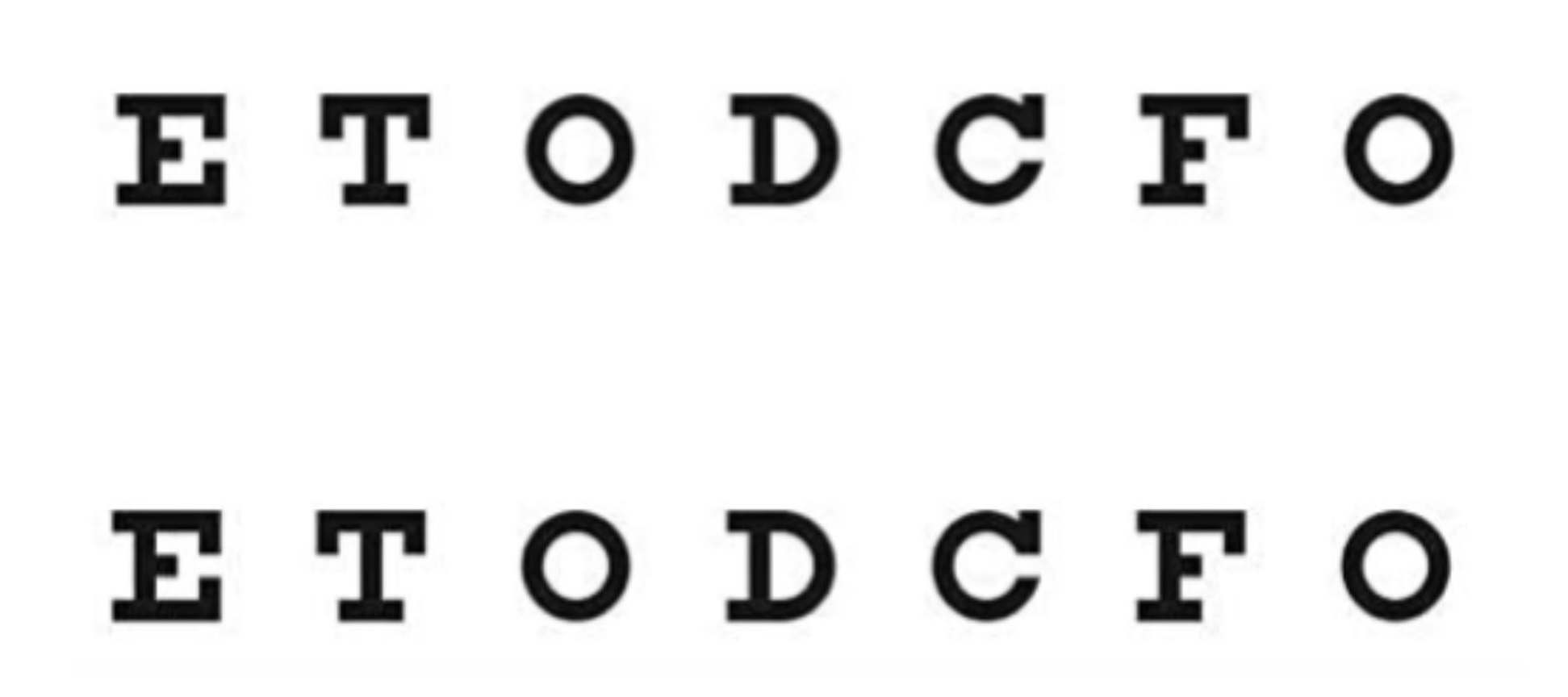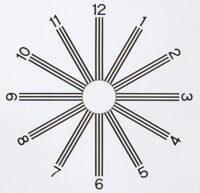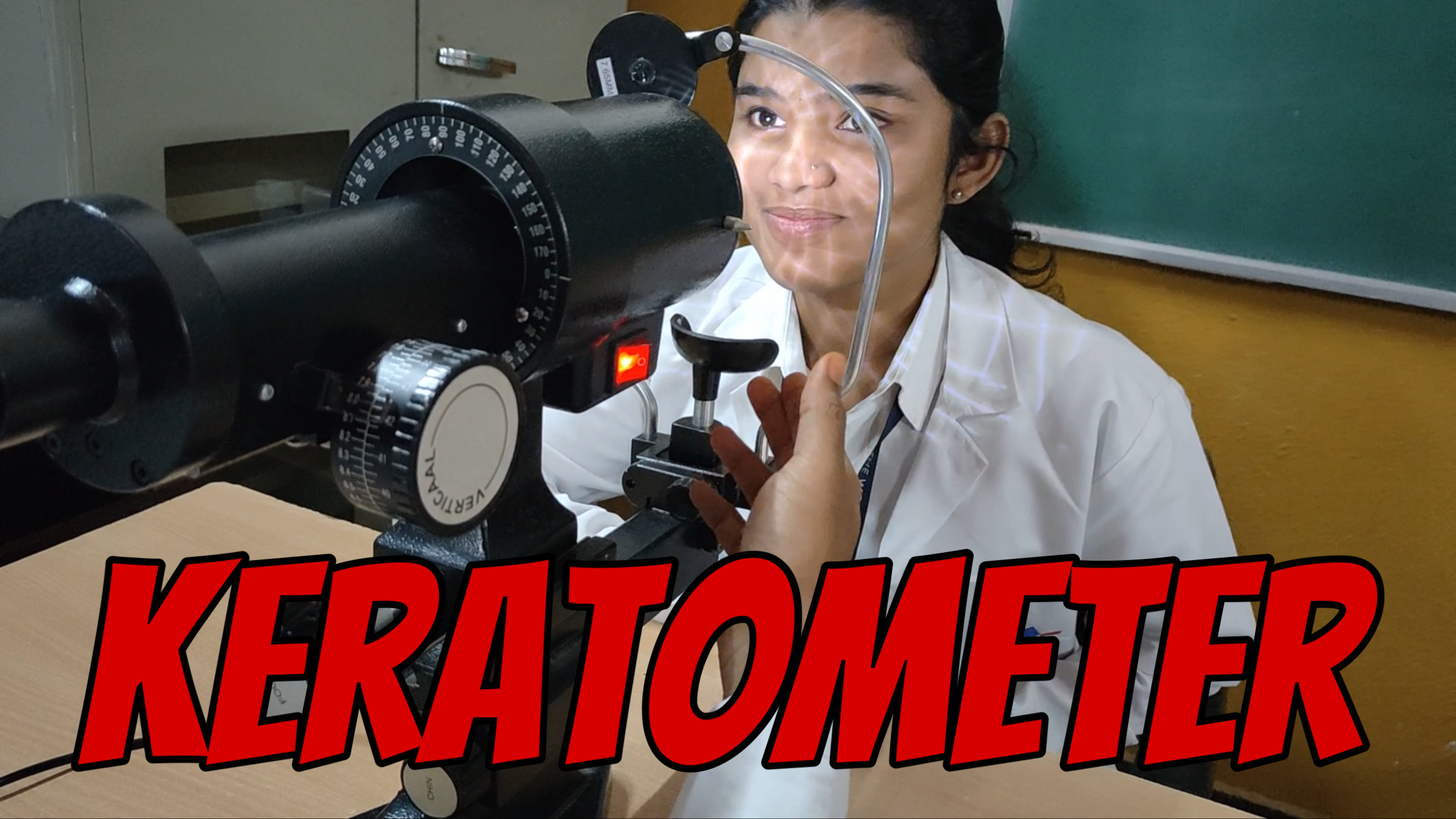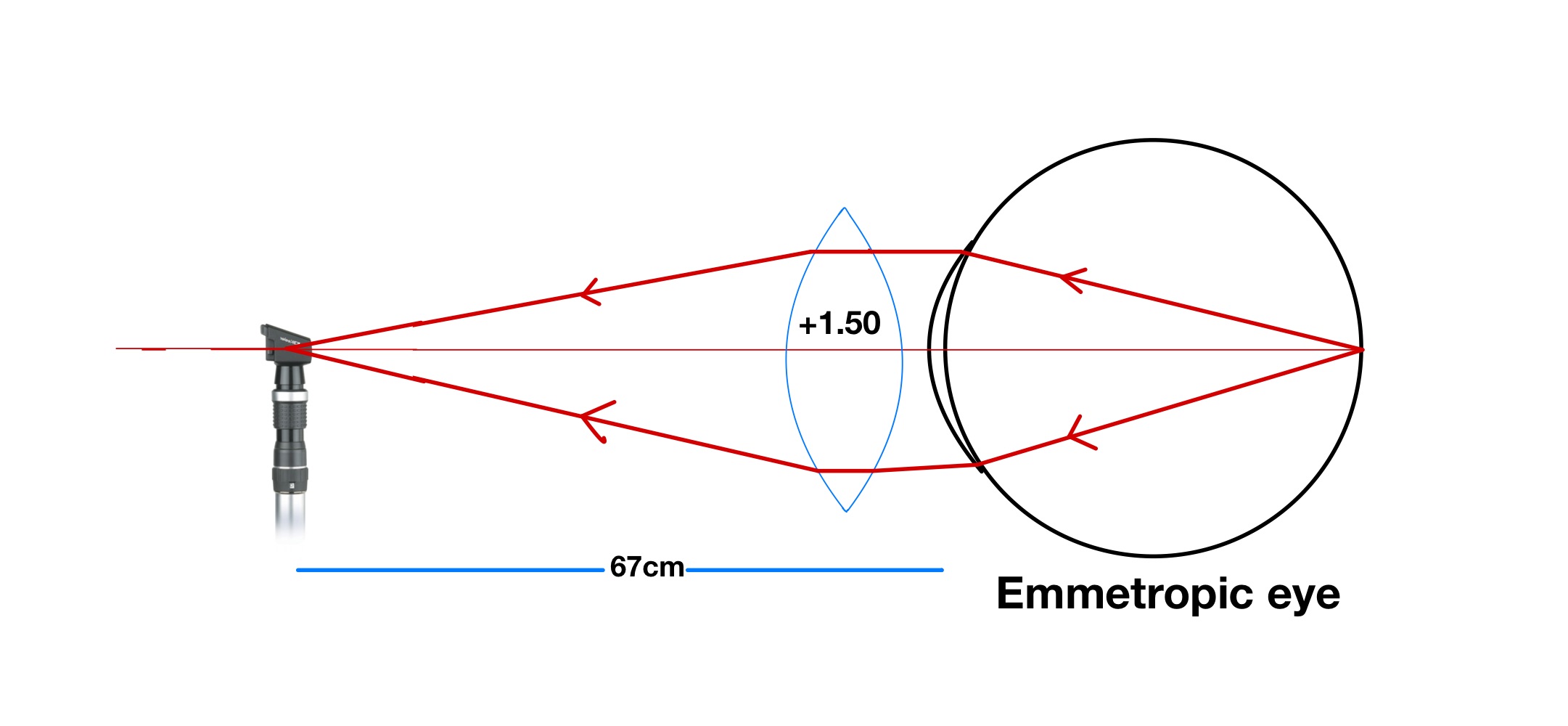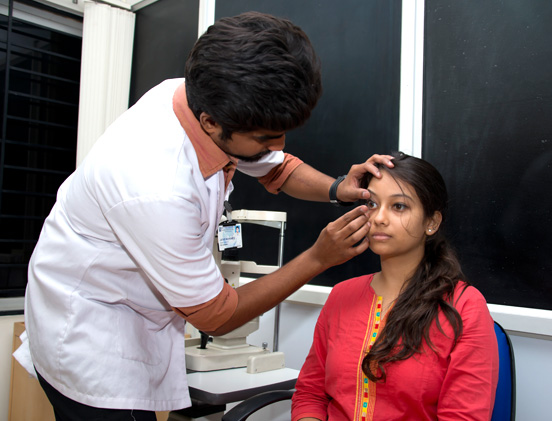ISHIHARA COLOR VISION TEST
Have you ever wondered how we perceive colors and if everyone sees them the same way? Let’s learn one of the easy and commonly used colour vision tests, which is the “Ishihara Test”. ISHIHARA COLOR VISION TEST is a fascinating tool to screen the presence of red-green colour vision defects, it is based on the … Read more



